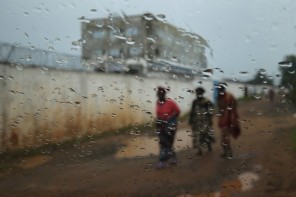Earlier this week, the New York Times published an editorial that sketches the violence in Congo this way: It has its roots in Rwanda; it has a renegade rebel commander who wants a lot of power; it has 17,000 peacekeepers on the ground (though, PS NYT, only roughly 6,000 are in eastern DRC). And therefore the logical, emotive conclusion of the editorial is:
This completely misses the point. In fact, the Rwandan genocide frame has made establishing peace more difficult in Congo than it might otherwise be. It saddles the already difficult politics with extra layers of complication, not the least of which is developing a game plan from the psychological position of guilt. But more to the point, it seems to me outsiders can do less in Congo now than they could have in Rwanda in 1994. That was clear: We could’ve stopped the genocide. This is not genocide, and how to end it is not as clear.
I’m all for looking to history for guidance in dealing with today’s problems, but only if we’re asking of history the right questions. Rwanda and Congo are only rhetorically parallel; peace is going to take the courage and tenacity, on the part of the Congolese and the international community, to imagine a shared political future and a stable political and social infrastructure. And we won’t find that by looking anywhere but to the people of Congo, fighters and civilians, themselves.

